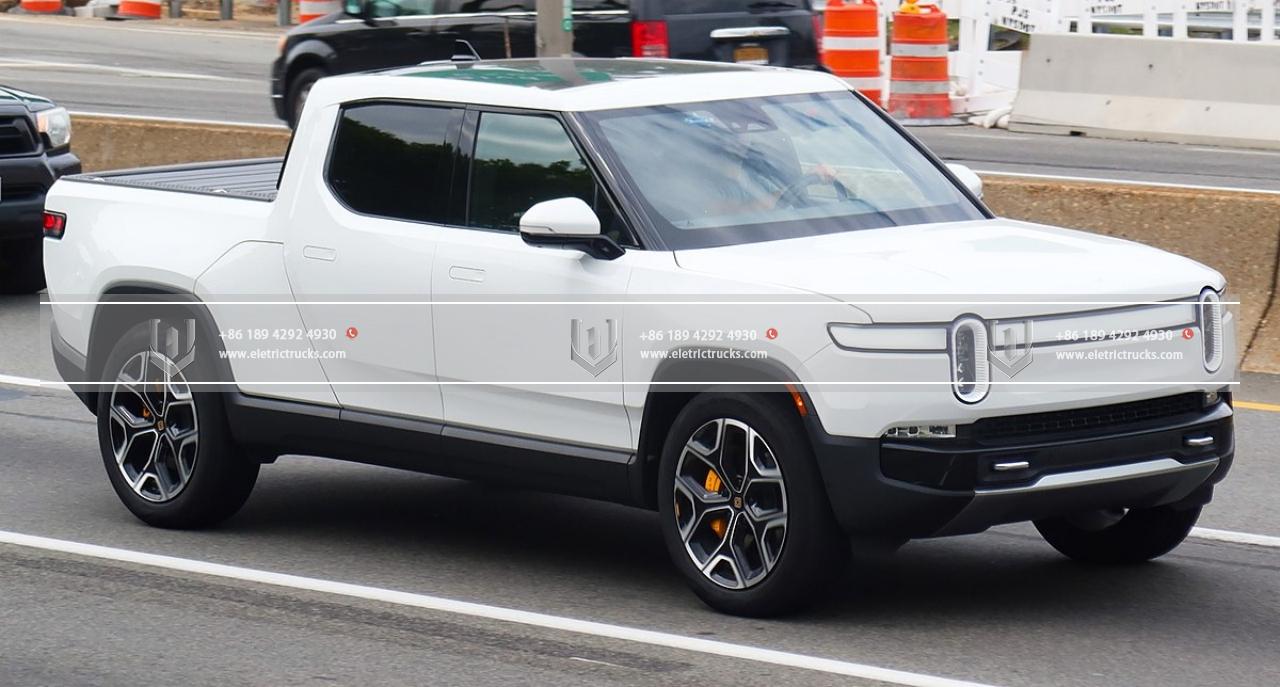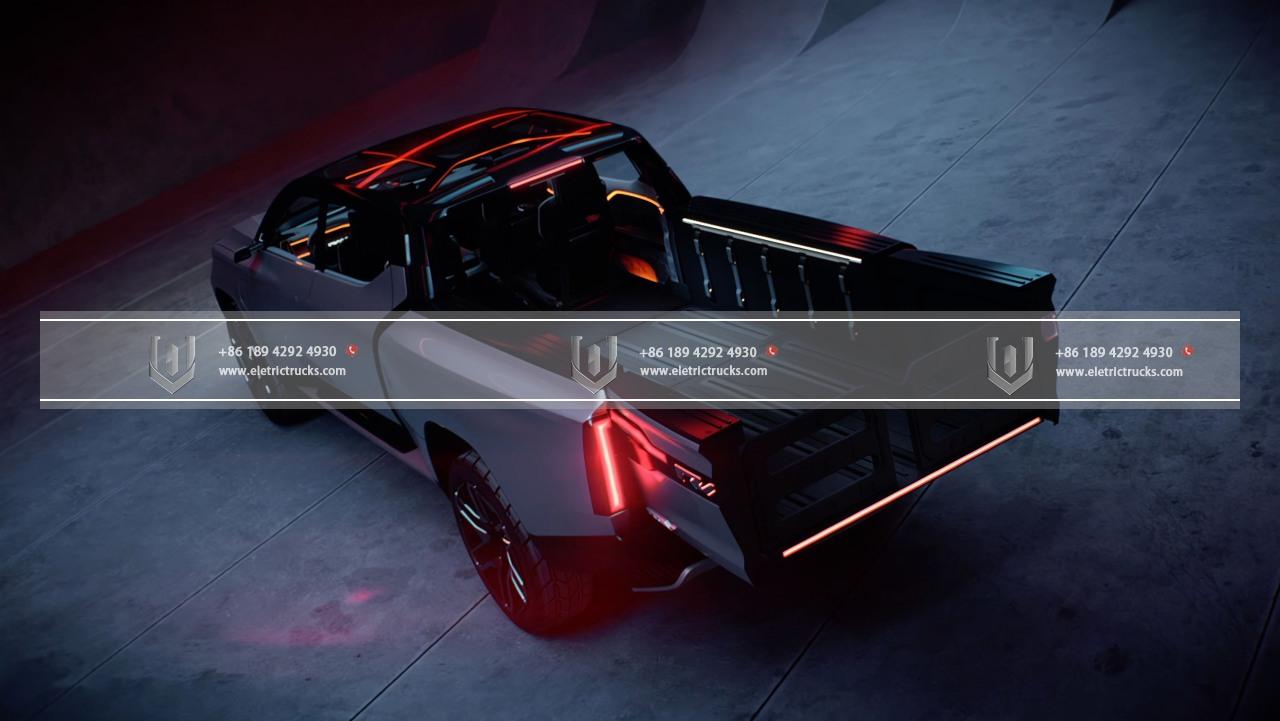Kamioi elektrikoaren ezagutza
Elektrifikazioaren bilakaera: Kamioi elektrikoak nola eboluzionatzen ari diren industria
The transportation industry has long been reliant on fossil fuelsomattze, baina azken urteotan, aldaketa nabarmena gertatzen ari da alternatiba berdeago eta jasangarriagoak lortzeko. One of the most notable developments in this shift is the rise of Kamioi Elektrikoasomattze. Garraio irtenbide garbiagoen eskaera handitu ahala, Kamioi Elektrikoas are emerging as a viable and efficient option, revolutionizing the industry in multiple ways. Artikulu honetan, we will explore the electrification evolution and how Kamioi Elektrikoas are evolving in the industry.
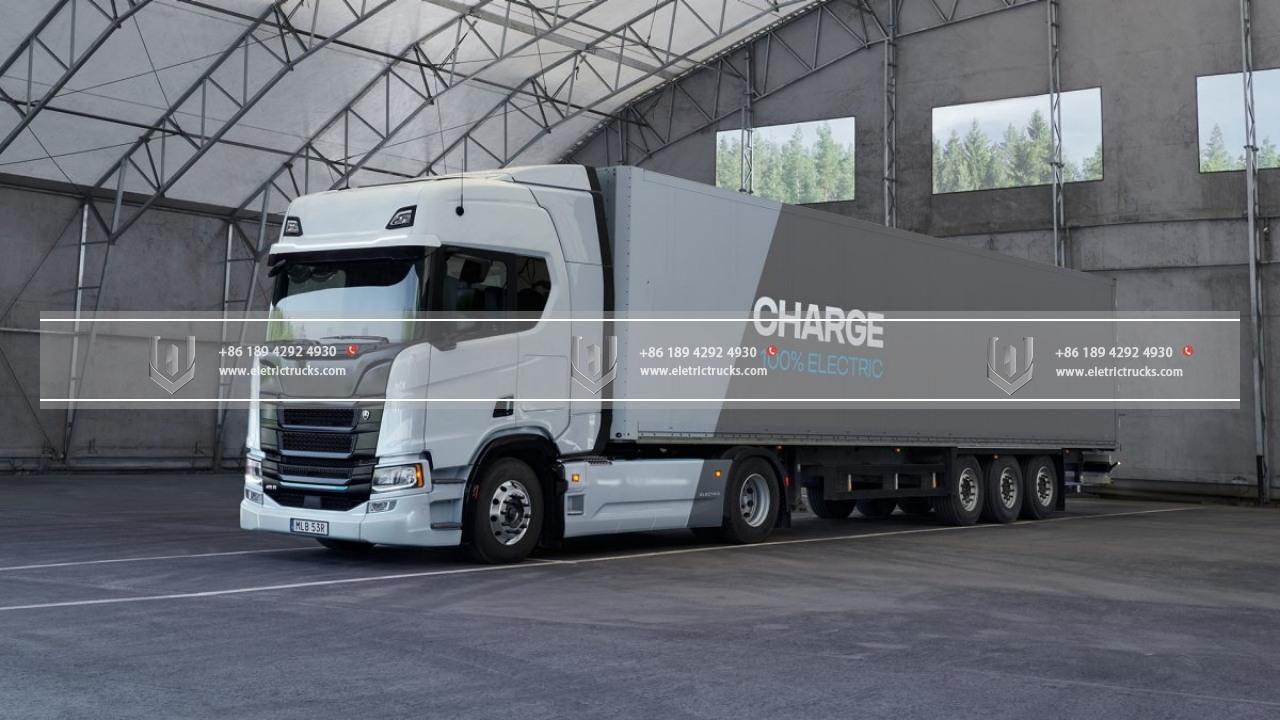
The Need for Change
The environmental impact of traditional diesel-powered trucks is a growing concern for both the industry and the general public. These trucks contribute significantly to air pollution and greenhouse gas emissions, which are significant contributors to climate change. Recognizing the need for change, governments, regulatory bodies, and industry leaders have been pushing for adopting ibilgailu elektrikoak (Evs) to mitigate these environmental issues.
Advancements in Battery Technology
One of the primary factors driving the evolution of Kamioi Elektrikoas is advancements in battery technology. Batteries are the heart of Ibilgailu Elektrikoasomattze, and improvements in their capacity, energy density, and charging speed have been instrumental in making Kamioi Elektrikoas a viable alternative to their diesel counterparts. With the development of high-capacity lithium-ion batteries and the emergence of solid-state battery technology, Kamioi Elektrikoas are now capable of longer ranges and faster charging times, addressing one of the main concerns of fleet operators.
Lower Operating Costs
In addition to the environmental benefits, Kamioi Elektrikoas offer significant cost advantages over diesel trucksomattze. While the initial purchase price of an Kamioi Elektrikoa may be higher, the operating costs over the vehicle’s lifetime are considerably lower. Kamioi Elektrikoas have fewer moving parts and require less maintenance than traditional trucksomattze. They also benefit from lower fuel costsomattze, as electricity is generally cheaper than diesel fuel. As battery technology continues to improve and economies of scale come into play, the upfront cost of Kamioi Elektrikoas is expected to decrease further, making them even more kostu-eraginkorra for fleet operators.
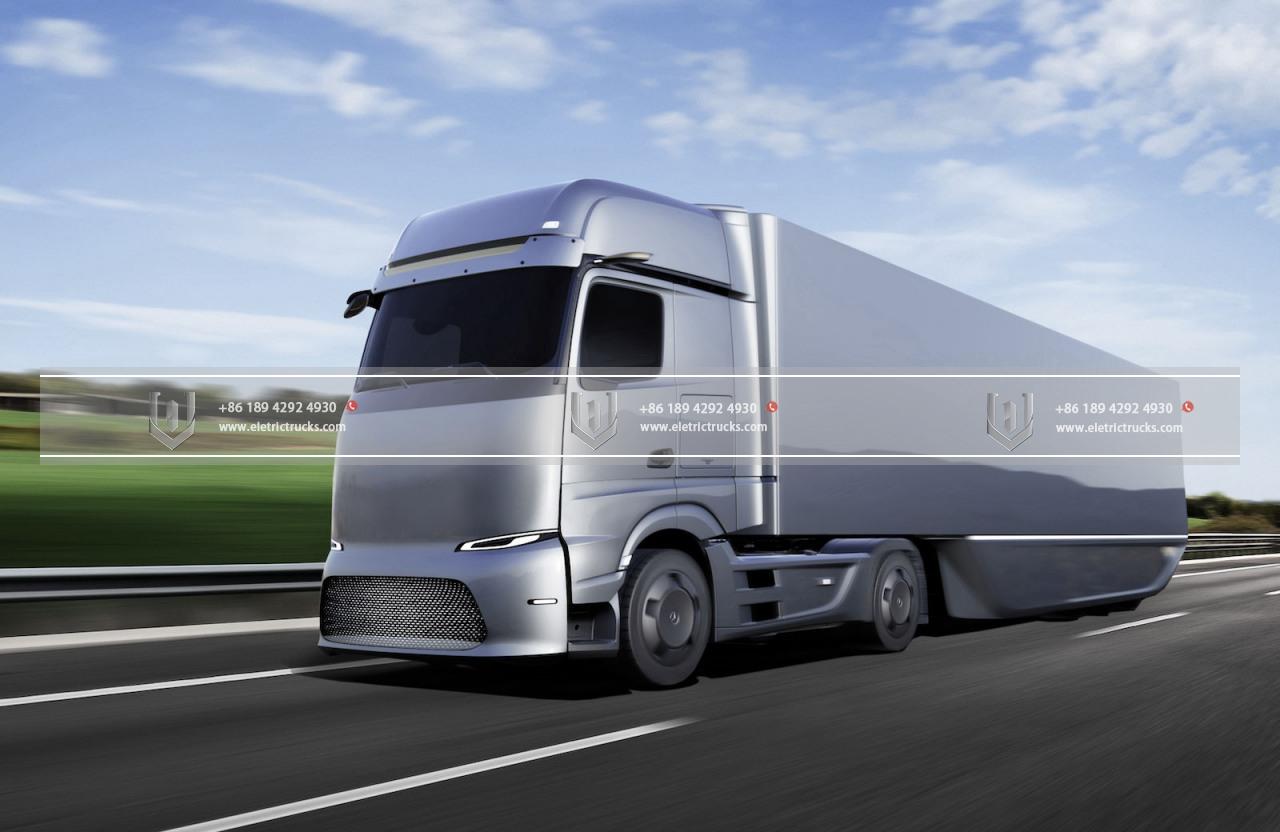
Improved Performance and Efficiency
Contrary to popular belief, Kamioi Elektrikoas are not just environmentally friendly alternatives; they also offer superior performance and efficiency. Electric motors provide instant torque, resulting in faster acceleration and smoother operation. This attribute is particularly advantageous for trucks used in stop-and-go city driving or hauling heavy loadsomattze. Gainera, Kamioi Elektrikoas have regenerative braking systems that convert kinetic energy into electricity, effectively extending their range and reducing energia-kontsumoa.
Supportive Infrastructure
To facilitate the widespread adoption of Kamioi Elektrikoasomattze, an extensive charging infrastructure is essential. The development of a robust charging network is underway, with both private companies and public entities investing in the installation of charging stations along major transportation routes. Fast-charging technologies are also being developed, significantly reducing charging times and allowing Kamioi Elektrikoas to operate on a similar schedule to diesel trucksomattze. These infrastructure developments are crucial in ensuring the practicality and convenience of electric truck operationsomattze, further driving their evolution in the industry.
Government Initiatives and Incentives
Government initiatives and incentives play a significant role in accelerating the adoption of electric trucksomattze. Many countries have set ambitious targets to reduce greenhouse gas emissions, and they are implementing policies to encourage the transition to Ibilgailu Elektrikoasomattze. These policies include tax incentives, grants, subsidies, and stricter emission regulations for diesel trucksomattze. By providing financial support and creating a favorable regulatory environment, governments are incentivizing fleet operators to switch to Kamioi Elektrikoasomattze, thus driving the evolution of the industry.
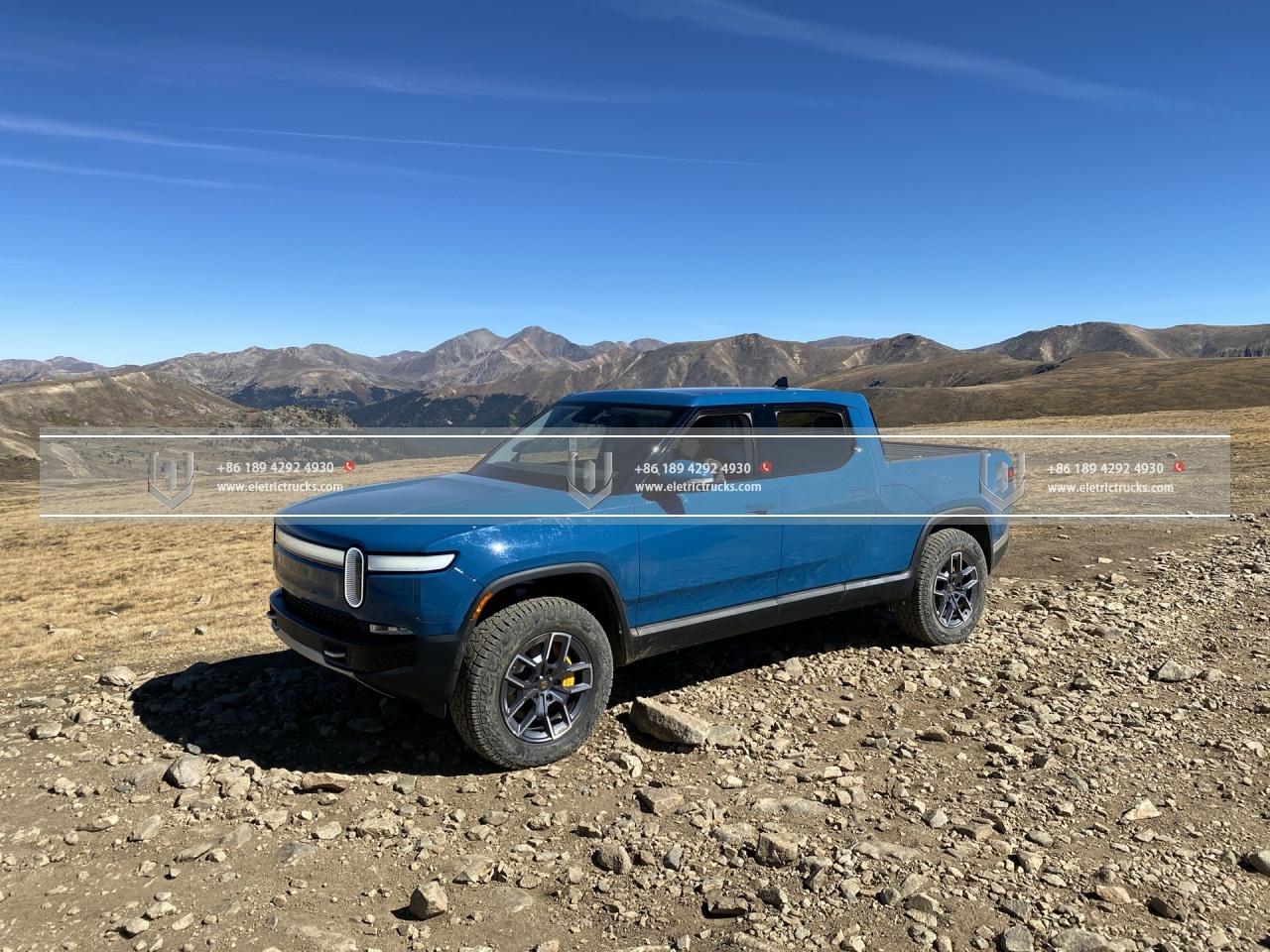
Challenges and Future Outlook
While Kamioi Elektrikoas are undoubtedly transforming the transportation industry, several challenges still need to be overcome for their widespread adoption. Range anxiety, limited charging infrastructure, and the higher initial cost of Kamioi Elektrikoas remain hurdles that need to be addressed. Alabaina, with continued technological advancementsomattze, supportive policiesomattze, eta collaborative efforts between industry stakeholders, these challenges can be overcome.
Looking ahead, the future of Kamioi Elektrikoas appears promising. Industry experts predict a substantial increase in the adoption of Kamioi Elektrikoas in the coming years. As battery technology improves, charging infrastructure expands, and production costs decrease, Kamioi Elektrikoas are expected to become the norm rather than the exception in the transportation industry. The electrification evolution is not only transforming the way goods are transported but also driving innovation and sustainability in the industry as a whole.
Kamioi Elektrikoas are transforming the commercial transportation sector band-impacting other industries that rely on trucking servicesomattze. Adibidez, the logistics and supply chain industry is experiencing a significant shift as companies seek to reduce their carbon footprint and meet sustainability goals. Kamioi Elektrikoas offer an opportunity for companies to align their transportation operations with their environmental commitments, attracting environmentally-conscious customers and investorsomattze.
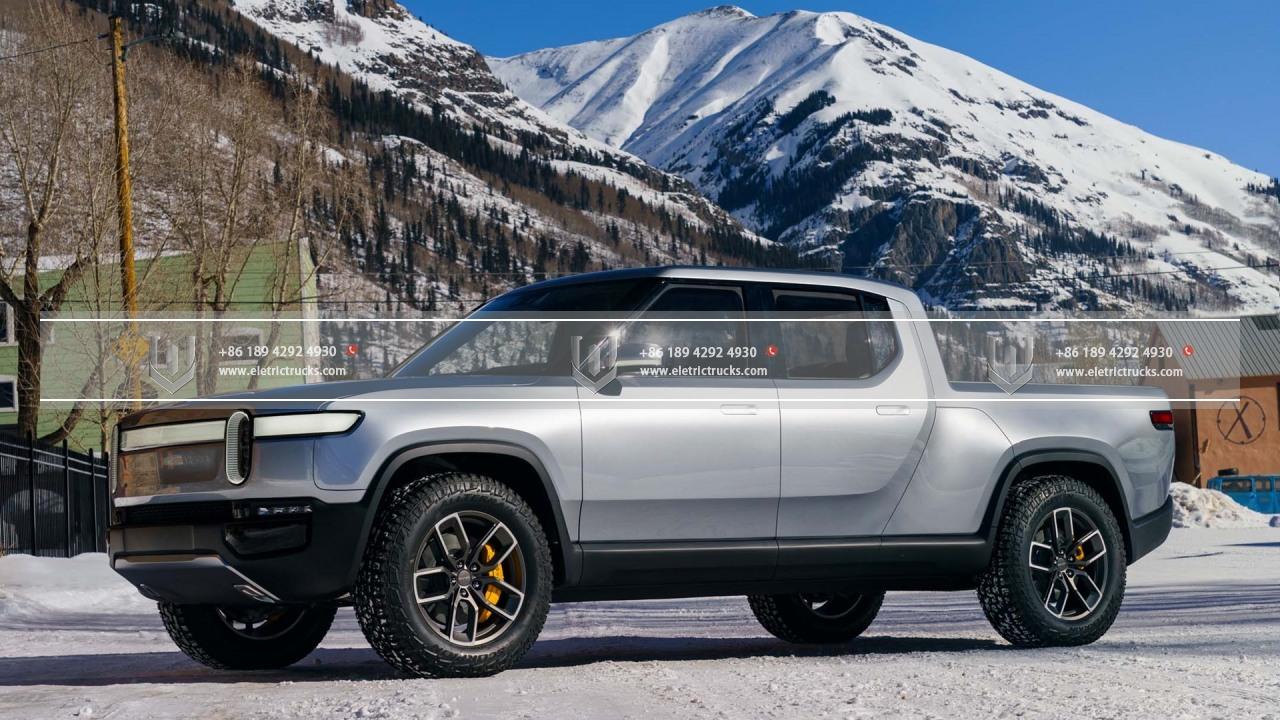
Another aspect of the evolving electric truck industry is the development of innovative business models and partnerships. Traditional truck manufacturers are investing heavily in Ibilgailu Elektrikoa research and development, aiming to stay competitive in the changing market. Gainera, new players are entering the industry, specializing in electric truck manufacturing or providing charging infrastructure eta energy management solutions. Collaborations between established manufacturers, technology companies, and energy providers are fostering an ecosystem that supports the growth and adoption of Kamioi Elektrikoasomattze.
Fleet operators are also recognizing the advantages of Kamioi Elektrikoas in terms of brand image and customer demand. Many consumers are becoming increasingly aware of the environmental impact of their purchases and are actively seeking companies that prioritize sustainability. Sartuz Kamioi Elektrikoas into their fleets, companies can differentiate themselves from competitors, appeal to eco-conscious consumers, and gain a competitive edge in the market.
Gainerbeheruri, Kamioi Elektrikoas are not limited to short-haul or light-duty applications. Manufacturers are developing Kamioi Elektrikoas capable of handling long-haul transportation, with improved range and charging capabilities. This development opens up new possibilities for electrifying the entire trucking industry, reducing emissions across all transportation operations.
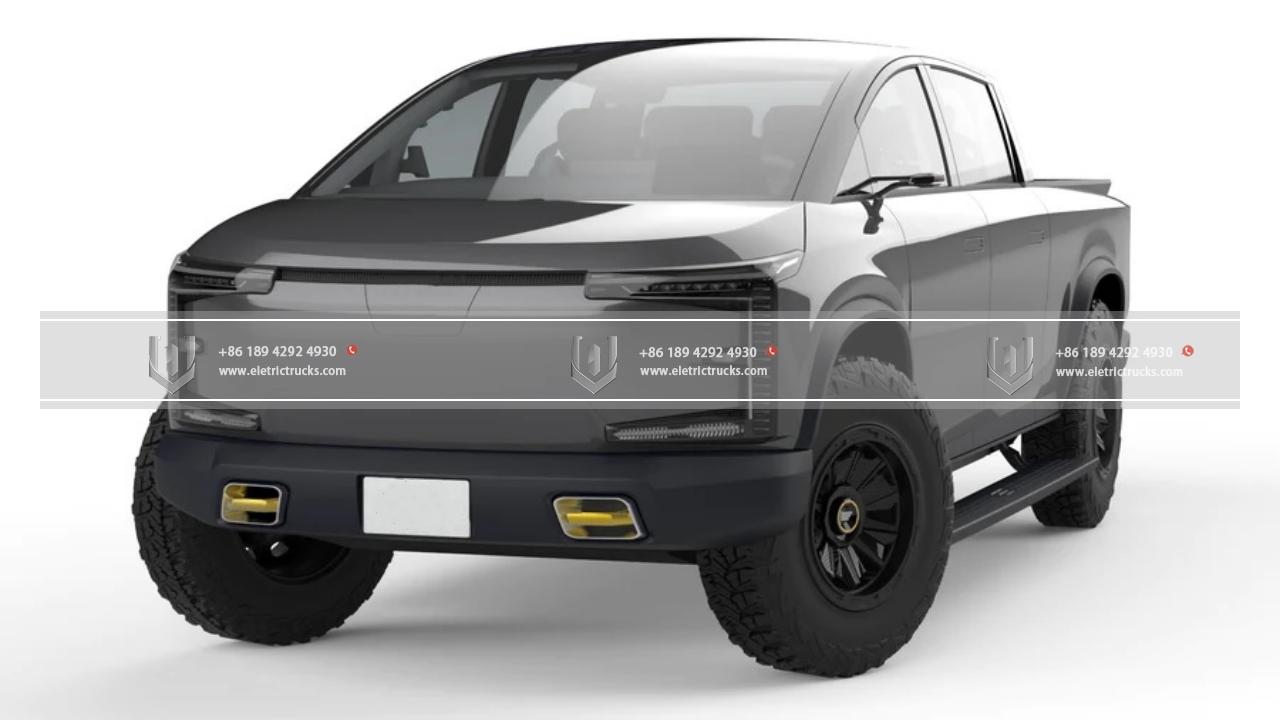
The adoption of Kamioi Elektrikoas is also contributing to job creation and economic growth. As the demand for Kamioi Elektrikoas increases, there will be a need for skilled labor in manufacturing, maintenance, and charging infrastructure installation. This shift presents an opportunity for job growth in the green technology sector, providing employment opportunities and stimulating local economiesomattze.
Alabaina, it is important to acknowledge that the electrification of the trucking industry is just one part of a broader sustainable transportation solution. Kamioi Elektrikoas should be seen as a complement to other modes of transportation, such as rail and maritime, to achieve a comprehensive and efficient logistics network. By integrating different modes of transportation and optimizing supply chains, the industry can maximize efficiency and further reduce emissionsomattze.
Bukatzeko, the evolution of Kamioi Elektrikoas is transforming the transportation industry in multiple ways. Advancements in battery technology, ustiapen-kostuak txikiagoak, improved performance, supportive infrastructure, government initiatives, and changing consumer preferences are driving the adoption of Kamioi Elektrikoasomattze. This shift not only benefits the environment but also presents economic opportunities and encourages innovation. As the industry continues to evolve, collaboration between stakeholders and ongoing investment in research and development will be crucial. By embracing Kamioi Elektrikoas and sustainable transportation practicesomattze, the industry can move towards a cleaner, greener, and more efficient future. The electrification evolution is underway, eta Kamioi Elektrikoas are leading the way.
